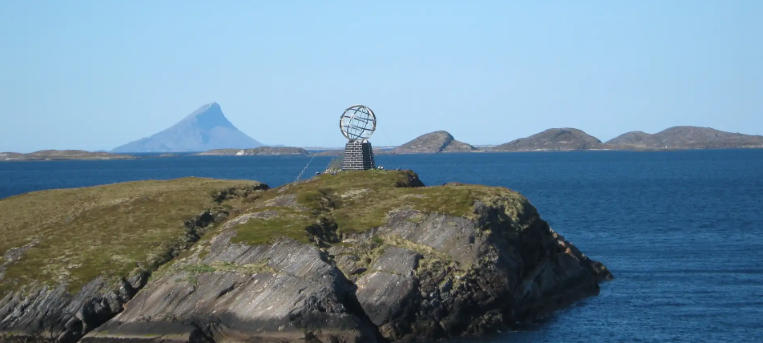The Geography of Norway’s Arctic Circle
The Arctic Circle is a fascinating region that showcases some of the planet’s most extreme and beautiful landscapes. Norway, with its stunning fjords, rugged mountains, and vibrant indigenous culture, provides a unique gateway to understanding the dynamics of this polar environment. This article aims to explore the geography of Norway’s Arctic Circle, uncovering its diverse features and significance to the world.
Natural Landscapes of the Arctic Circle
One of the most striking features of Norway’s Arctic Circle is its diverse natural landscapes. The region is home to towering mountains, expansive glaciers, and deep fjords that are carved by centuries of glacial activity. The Lofoten Islands, in particular, are renowned for their dramatic peaks that rise sharply from the sea, creating a breathtaking backdrop. These stunning landscapes are not just visually captivating; they also play a crucial role in supporting diverse ecosystems, including unique flora and fauna adapted to the harsh Arctic conditions. From the majestic reindeer that roam the tundra to the vibrant seabird colonies along the coast, Norway’s Arctic Circle is a haven for wildlife enthusiasts.
Cultural Significance and Indigenous Communities
Beyond its physical beauty, the Arctic Circle is rich in cultural heritage. Indigenous communities, such as the Sámi people, have thrived in this region for centuries, preserving their traditions and ways of life. Livelihoods here often revolve around reindeer herding, fishing, and arts that reflect the deep connection to the land and sea. Visitors to the region can engage with Sámi culture through festivals, handicrafts, and local cuisines, highlighting the harmonious relationship between the people and their environment. This cultural backdrop enriches the experience of exploring the Arctic, offering insights into how communities adapt to the challenges of living in such a remote and challenging landscape.
Climate and Environmental Changes
The climate within Norway’s Arctic Circle is characterized by long, harsh winters and brief, cool summers. This unique climate shapes not only the geography but also the livelihoods of those who inhabit the region. However, climate change is having profound effects, leading to melting glaciers, shifting wildlife patterns, and changing weather extremes. These environmental changes pose significant challenges to both ecosystems and the people living in the area. Understanding these dynamics is essential for future planning and conservation efforts, making it crucial for locals and visitors alike to engage with and protect this vulnerable environment.
In conclusion, Norway’s Arctic Circle offers a captivating blend of stunning landscapes, rich cultural heritage, and pressing environmental challenges. Whether you’re an adventure-seeker, a nature lover, or someone interested in cultural diversity, this incredible region has something to offer everyone. To learn more about Norway’s Arctic, consider exploring the area, participating in local events, or diving into research on Arctic cultures and ecosystems. Your adventure awaits!

